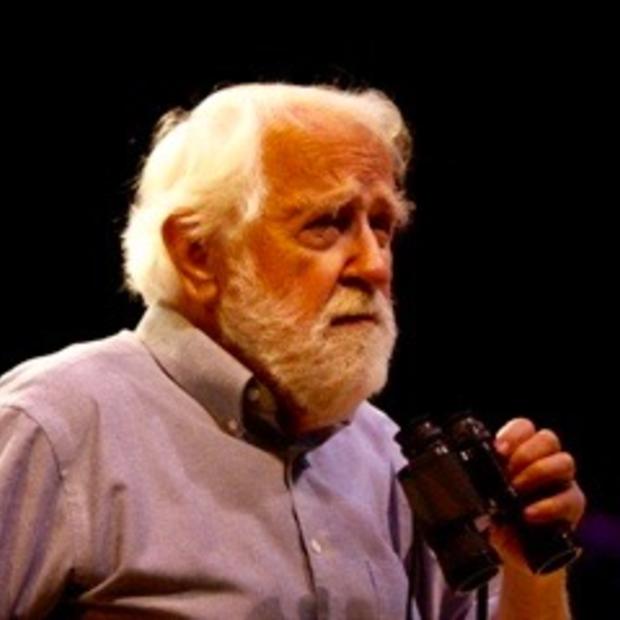Full disclosure of a conflict of interest: My family and I and all of our neighbors milked cows by hand, by the light of kerosene lanterns that smoked and smelled more than they lighted. My mother cooked on a wood-burning stove and pumped all our household water by hand.
When I brought friends home from college, I waited until they'd unpacked before explaining that they'd have to use the outhouse. For most of these city-reared young men and women, it was their first encounter with that smelly, drafty, fly-ridden cultural artifact. They were appropriately impressed and grateful.
Nineteenth Century museum piece? Nope, this was the mid-twentieth. Post-Roosevelt, pre-Ike, late Truman. Electrical service had not yet penetrated the hills of rural Southern Iowa. Everyone wanted it, Hell yes. We yearned for it. The investor-owned power company wouldn't sell it to us. Analogous to millions who today can't get health care insurance (another thing we did without) we were disqualified by pre-existing conditions: We were farmers and we were poor. We might not use enough power. We might not pay our bills.
President Roosevelt had decreed a public option in 1935, putting the federal government in the electrical utility business. He created the Rural Electrification Administration, enabling government-backed Rural Electrical Cooperatives to buy cheap power from the government and sell it to farm families in neighborhoods where the investor-owned utilities would not go.
It was 1951 when the magic arrived at the end of the road. The REA mounted a push to string electric lines to the loneliest farms in Southern Iowa. That would be us. Neighborhoods organized to acquire the easements and clear the trees, to make way for the power poles. By September the lights were on.
Think of that.
Lights! In the kitchen, in the cowshed, in the milk house, in the hen house. There were electric fans, a refrigerator, an electric range, running water. An indoor toilet &mdash no more overshoes at midnight in a snowstorm.
What took so long? World War II got in the way, and after the Big War, the turf war. Investor-owned utilities, who rejected the farmers for years, wanted them dearly once the competition showed up. They fought in legislatures and courts and newspapers to keep the Rural Electric Coops from lighting the back roads. One rural legend (I can't say it's true, I didn't see it) has the investor-owned utility crews coming along after dark, removing REA power poles, installing their own, and stringing wire through the night. At any rate, the public option prevailed. The cooperatives multiplied.
And omigawd were they evil. Socialistic, un-American, undermining the very fabric of democracy. Legislators, businessmen, members of Congress, editorial page editors all over the country railed at the specter of Big Government shouldering into private enterprise, when everyone knew Government couldn't do it right.
Most infuriating of all, government did it right. The cooperatives became the pricing yardstick for electrical power. Investor-owned utilities had to lower their rates to compete. In four years, the cost of installing a mile of rural power line dropped from $2,000 to $600. In 2007, 72 years after FDR created the public option, customers using public power nationwide reportedly paid 17 percent less than those served by privately-owned utilities (according to the American Public Power Association, not necessarily a neutral source).
It's intriguing to study FDR's fight with conservatives over public power, in the light of today's fury at health care reform. Unlike President Obama, Roosevelt showed no interest in being a uniter who would seek bipartisan consensus through compromise. None of that. He was proud to be a divider, and relished taunting his conservative enemies. "They are unanimous in their hatred of me," he told a 1936 radio audience, "and I welcome their hatred."
When he couldn't get what he wanted from Congress, Roosevelt winged it on his own. In creating REA by Executive Order 7037 in 1935, he consulted neither his Republican opposition nor the electrical utility giants who so furiously raged together. He did it without a Washington DC consensus and made it one of the most successful government programs ever.
The political anger was fierce and unrelenting at this and other Roosevelt initiatives. According to New Deal historian William Edward Leuchtenberg, one US Senator compared the President to the beast of the Apocalypse, "who sets his slimy mark on everything." One enraged citizen wrote to FDR, "If you were a good and honest man, Jesus Christ would not have crippled you."
The REA public option survived the frenzy. By the time the juice reached our neighborhood, more than 90 percent of American farms were electrified, nearly all of them by rural electric coops.
At the worst of the storm against Roosevelt's initiatives, it seemed there were no limits to incivility. Yet, there were no press reports of citizens packing guns to any Roosevelt appearance, with signs suggesting that the President should be killed. There was no Iowa Senator Grassley to accuse FDR of plotting to pull the plug on Grandma.


